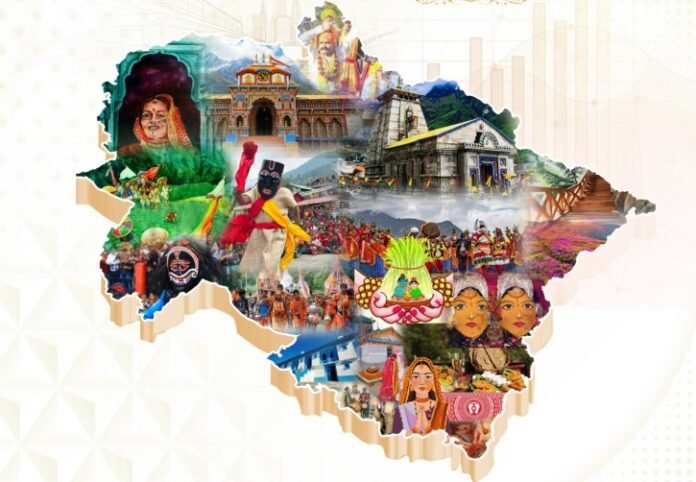Delhi woke up on Sunday to a thick blanket of smog that pushed the city’s Air Quality Index (AQI) into the “very poor” zone—and in some spots, even into the “severe” range.
The Central Pollution Control Board (CPCB) reported a 24‑hour average AQI of 361 for the Delhi‑NCR area. Across 39 monitoring stations, 24 posted values above 400, the highest spike of the season so far. Wazirpur and Bawana each hit 424, while Vivek Vihar recorded 415. Other hot spots included Rohini (435), Nehru Nagar (426), RK Puram (422) and ITO (420).
City‑wide averages were tough to swallow: Delhi and Noida logged 391, Greater Noida 366, Ghaziabad 387, and Gurugram 252. On Saturday, CPCB data had already named Delhi the most polluted city in India; neighboring NCR cities were not far behind, with Noida at 354, Greater Noida 336 and Ghaziabad 339—all in the hazardous range.
Weather conditions did not help. The India Meteorological Department (IMD) warned that temperatures would hover around 13 °C for the next week, with chilly morning and evening winds. Fog is expected to linger, and rain is unlikely. The cold, light winds and lower temperatures trap pollutants near the ground, while fog thickens the smog, making the haze denser. Construction sites and vehicle emissions remain major culprits.
Health risks are real. Long‑term exposure to such poor air quality can raise the chances of lung diseases and other respiratory problems, especially for children, the elderly, and anyone with asthma or heart issues. Health officials urge residents to reduce outside activities, especially early mornings and late evenings, wear protective masks, and avoid direct contact with polluted air.
Stay informed, stay cautious, and keep your mask handy.
Source: ianslive
Stay informed on all the latest news, real-time breaking news updates, and follow all the important headlines in world News on Latest NewsX. Follow us on social media Facebook, Twitter(X), Gettr and subscribe our Youtube Channel.



